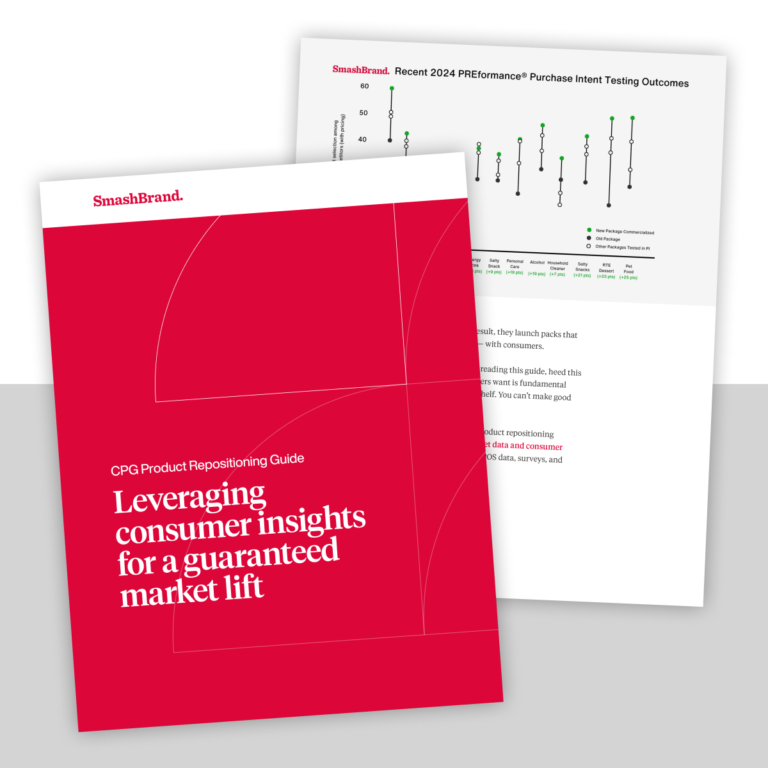Although we don’t want to emphatically state that there are sets of rules to which you must adhere in order to have a successful and evocative product label, there are certain components that make good product labels, and graphic designers and brands ignore them at their own risk. The color of the label, as well as the graphics and the readability, could make the difference in a consumer base buying your product or simply leaving it on the shelves. We would also like to remind you that water is wet, and fire is hot.
Okay, so obviously color, graphics and the ability to read a label are important; even the wettest-behind-the-ears graphic designer could tell you that. Nevertheless, what a designer thinks is a masterpiece could be roundly misunderstood and ultimately rejected by the public the product is trying to reach. If your label is failing to entice the public into purchasing mass quantities of your product, here are three label characteristics that might not exactly be on point:
Label Color
The color you choose for your label should not only be aesthetically pleasing and appropriate to the product, it should also contrast with the prevailing color scheme of the product labels against which you are competing. Choosing a color palate that is very similar to the label colors of other similar products could result in your product being completely ignored. However, if you want to gamble upon people purchasing your product accidentally because they thought it was your more well-known competitor’s, you could; just be prepared to hear from your competitor’s firewall of legal counsel claiming copyright infringement.
We recommend using a color that isn’t used by the majority of the other products that will be in proximity to yours on the store shelves. Naturally, the color should relate to the product itself – most food products use colors that are in keeping with the colors of the ingredients or the food as a whole. However, even this basic guideline isn’t completely infallible; while most chocolate bar labels use a brown, gold and cream color scheme, Nestle Crunch bar labels are famously red, white and blue; and we’ve yet to see a red, white and blue chocolate bar emerge from one of those wrappers – and we’ve eaten far too many for one to have snuck by.
Label Graphics
Aaah, the graphic designer’s claim to fame: the graphics. You want your graphics evocative. Do you hear us? Evocative. This means that the design scheme should remind the potential purchaser of something – something wonderful. Fun is a good start. Imagine people using or eating your product while frolicking on a beach or in a meadow.
Now, this may seem limiting, but there are an infinite number of variables with regard to evoking a sentiment for a product. What you don’t want is a graphic so bizarre that it conjures no feeling whatsoever, or so bland that it’s easily ignored.
Whatever you do, don’t use stock photography; there is literally no better way to make your product label generic and forgettable. Moreover, you are in danger of inadvertently creating a label similar to an existing product label. If you aren’t yet a multinational corporation that can afford to hire photographers and food stylists and all of the other expensive attendant supplementary personnel, just create a simple, bold, photo-free label; if you have a solid foundation for your product’s brand image, you can tweak it later after your product starts flying off of the shelves.
Label Readability
You have three – and only three – seconds to entice a potential buyer into reading your label. The color and graphics should have seduced the customer into taking that final step, but if your label is hard to read, you can kiss that customer goodbye.
In the west, the eye travels from top left to right when reading text, so after the product name (which should have the largest typeface), the most important information should be clearly displayed starting either at the top right hand corner or directly below the name of the product in letters clear enough to be legible from approximately six feet away, without causing a full frontal eyeball assault.
So, what have we learned today? We’ve learned that product labels consist of color, graphics and words, and that the obviousness of that statement just made us a little bit dimmer for having typed it. We’ve learned that label graphics shouldn’t just be a big fiesta of design; they should make the viewer feel the product will suffuse their lives with fun, beauty and sexiness. Most importantly, we’ve learned that while chocolate bar labels usually try to remind the consumer of chocolate, Nestle’s red, white and blue label reminds the consumer of patriotism. Maybe that’s the ingredient that makes those bars so darned delicious. Excuse us, we’re off to go write a country song now.
Data-Driven Brand Development
Want a best-selling brand? SmashBrand is a brand development agency for FMCG and CPG companies. From brand strategy to packaging design testing, our Path To Performance™ process guarantees a retail performance lift. Book a time to discuss your project with our team.
Subscribe to
Nice Package.
A monthly newsletter that unpacks a critical topic in the FMCG & CPG industry.
Free Resource.

CPG product repositioning guide.
Explore the five undeniable signs your CPG product needs repositioning along with strategies for leveraging consumer insights for a guaranteed market lift.
Learn More About CPG product repositioning guide.